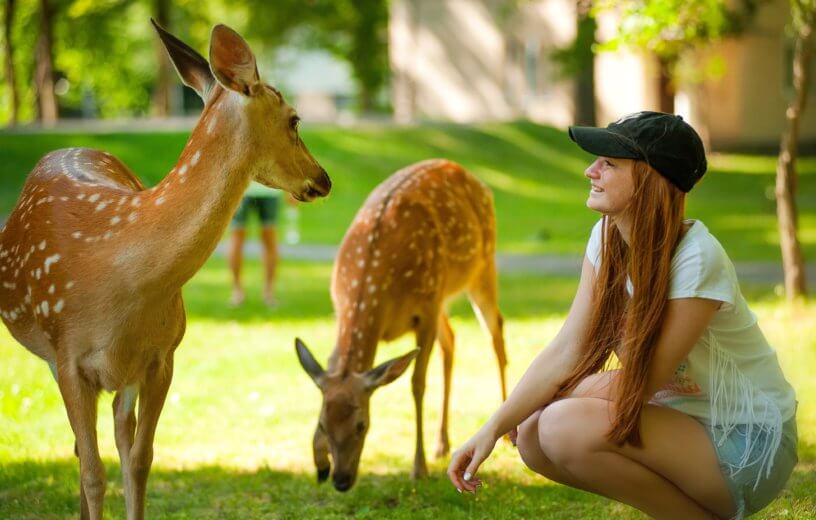BERKELEY, Calif. — Encountering wildlife can typically be a fun and uplifting experience for humans, but for many animals we come across, it’s less exciting and more frightening. So it shouldn’t be any surprise that while cities and suburbs continue to grow and develop, more and more mammals are hunkering down during the day and becoming more active at night to avoid humans all together, a new study finds.
The study, conducted by researchers at the University of California, Berkeley, is one of the first to quantify the effects of human activity on the daily active patterns of wildlife.
“Catastrophic losses in wildlife populations and habitats as a result of human activity are well documented, but the subtler ways in which we affect animal behavior are more difficult to detect and quantify,” explains lead author Kaitlyn Gaynor in a release.
Gaynor and her team utilized data for 62 different mammalian species on six continents. They looked for global shifts in the timing of daily activity of mammals in response to human populations. The data was collected using a variety of methods, including remotely triggered cameras, GPS and radio collars, and direct observation in the field.
The researchers calculated that mammals were 1.36 times more nocturnal when disturbed by human activity. This ratio means that the mammals turned from splitting their activity time evenly between night and day to spending 68 percent of their activity time at night when faced with human activity.
This ratio includes all herbivore and carnivore species of all sizes larger than 1 kilogram. Rodents and other smaller animals weren’t included in this study.
“While we expected to find a trend towards increased wildlife nocturnality around people, we were surprised by the consistency of the results around the world,” says Gaynor. “Animals responded strongly to all types of human disturbance, regardless of whether people actually posed a direct threat, suggesting that our presence alone is enough to disrupt their natural patterns of behavior.”
Gaynor says that the changes may not be amenable to an animal’s typical behaviors and physiological characteristics that have evolved for their survival. They may find themselves becoming more at risk of attack by certain predators or fall victim to the struggles of more competition in their environment. The authors say the darker hours may also make it harder to mammals to find food or build families.
